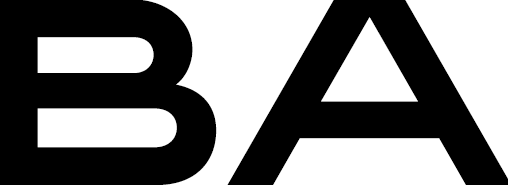Reading food labels can be a valuable skill when making informed decisions about the foods you eat. By following these simple steps, you can better understand the nutrition information provided on food labels and make healthier choices. Here's a beginner's guide to reading food labels, along with some examples:
Start by looking at the serving size: This will help you understand the amount of food the nutrition information on the label is based on. For example, a bag of potato chips may have a serving size of 1 oz, or about 15 chips.
Check the calories: This is the amount of energy in the food per serving size. A serving (1 oz) of the potato chips mentioned earlier may contain 150 calories.
Look at the macronutrients: These are the nutrients your body needs in larger amounts, including fat, protein, and carbohydrates. For the potato chips, a serving may contain 10 grams of fat, 2 grams of protein, and 15 grams of carbohydrates.
Check the micronutrients: These are the nutrients your body needs in smaller amounts, including vitamins and minerals. A serving of the potato chips may also contain 2% of your daily recommended value of Vitamin C, 4% of your daily recommended value of Iron, and 6% of your daily recommended value of Calcium.
Look at the ingredients: The ingredients list will tell you what's in the food you're eating. It's important to pay attention to any ingredients that you may be allergic to or intolerant of. For example, a can of soup may contain water, carrots, celery, chicken broth, cooked chicken meat, egg noodles, salt, modified food starch, soy protein isolate, and spices.
Pay attention to any claims on the label: Some foods may make claims about being low-fat, gluten-free, or organic. While these claims can be helpful, it's important to still read the rest of the label to make sure the food is a good choice for you. For instance, a container of yogurt labeled as "low-fat" may still contain a high amount of added sugar, which is not good for your health.
Consider the context: When reading food labels, it's important to think about your overall diet and health goals. For example, a food that is high in fat, such as nuts or avocados, may be a good choice if you're following a low-carb diet, even if it's high in calories. Conversely, a food that is low in fat but high in sugar, such as a sugary cereal, would not be a good choice.
By following these steps, you can make more informed decisions about the foods you eat and support your overall health and wellness. The examples provided will help you understand how to apply these steps in real-life situations, making it easier to read food labels and make healthier choices.
